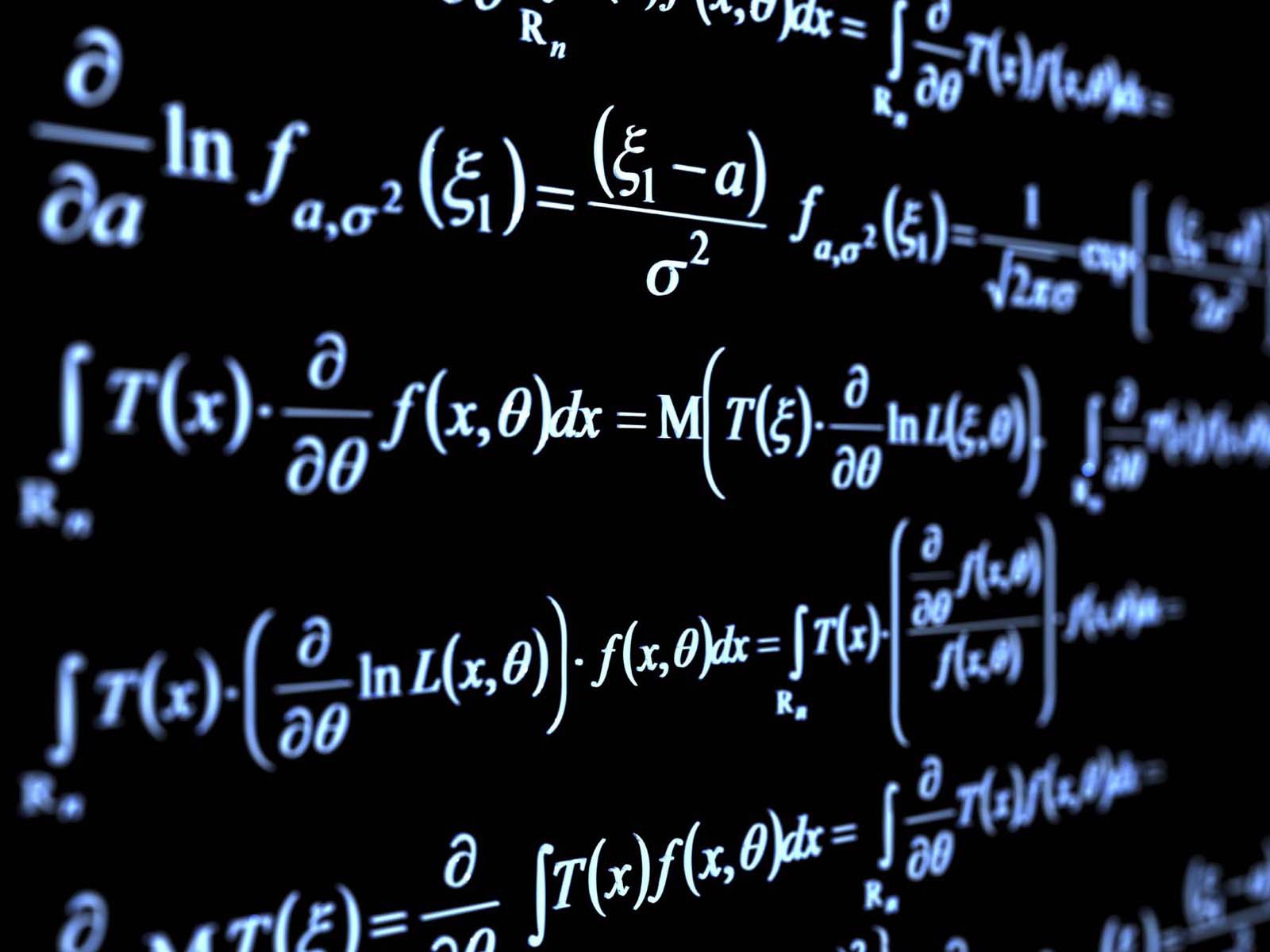Nuclear physics, the branch of physics that deals with the constituents and interactions of atomic nuclei, is a sophisticated field that necessitates a robust mastery of various mathematical concepts. A profound understanding of mathematics is indispensable for the formulation of nuclear models, analysis of quantum mechanics, and the exploration of complex phenomena such as nuclear reactions and radiative processes. In this discourse, we delve into the essential mathematical structures that underlie nuclear physics, delineating their significance and applications within this domain.
1. Calculus: The Foundation of Continuous Change
At its core, calculus serves as the bedrock of many mathematical applications in nuclear physics. The study of change and motion, calculus enables physicists to discern variations in physical quantities over time. Differential equations, an offshoot of calculus, are integral in formulating the dynamics of nuclear systems.
For instance, the Schrödinger equation, a cornerstone of quantum mechanics, is a second-order partial differential equation that describes how the quantum state of a physical system changes over time. Mastery of calculus, particularly in contexts involving multivariable functions, is crucial for tackling quantum mechanical problems relevant to nuclear interactions.
2. Linear Algebra: The Language of Quantum Mechanics
Linear algebra is indispensable in nuclear physics, particularly in the realm of quantum mechanics. Quantum states are represented as vectors in Hilbert space, and the operations performed on these states employ matrices. Understanding eigenvalues and eigenvectors allows physicists to determine observable quantities and states associated with specific physical systems.
The concept of linear transformations, essential for describing rotations and reflections in quantum systems, is another critical aspect of linear algebra. Moreover, the ability to manipulate systems of linear equations plays a vital role in finding solutions to complex models prevalent in nuclear reactions.
3. Probability and Statistics: The Framework of Uncertainty
The intrinsic probabilistic nature of quantum mechanics necessitates a strong grasp of probability and statistics. Concepts such as probability density functions and statistical distributions underpin the analysis of nuclear decay processes, allowing physicists to predict outcomes over time.
Bayesian statistics, in particular, has gained prominence in analyzing experimental data in nuclear physics. With the vast amount of data generated from particle detectors and accelerators, statistical methods are employed to infer the properties of elusive particles and to estimate uncertainties in measurements.
4. Differential Equations: Modeling Dynamic Systems
Nuclear physics often involves systems described by differential equations. These equations govern physical phenomena, such as particle motion and decay, through the relationships of their rates of change. The formulation of the decay law, expressed as a first-order differential equation, illustrates how the number of undecayed nuclei diminishes over time, showcasing the pivotal role of these equations in nuclear theories.
Moreover, the heat equation and diffusion equation are examples of partial differential equations frequently encountered in nuclear physics, especially concerning the transport of neutrons in nuclear reactors. Understanding the solutions to these equations is crucial for modeling and predicting behavior in a myriad of nuclear processes.
5. Group Theory: Symmetries in Nuclear Interactions
Group theory, a branch of abstract algebra, is instrumental in understanding symmetries in nuclear physics. Symmetric properties underlie the classification of particles and their interactions. The application of Lie groups facilitates the study of angular momentum and spin, revealing foundational relationships governing atomic particles.
In the context of particle physics, group theory assists in the unification of fundamental interactions and plays a crucial role in the standard model, where symmetries dictate the interactions between particles. Thus, a solid understanding of group theory is indispensable for comprehending the relational structures inherent within nuclear physics.
6. Complex Numbers and Functions: Inherent in Quantum Mechanics
The utilization of complex numbers is paramount in quantum mechanics, particularly in wave functions. The solutions to the Schrödinger equation are often expressed as complex-valued functions, facilitating the encoding of both amplitude and phase information. The fundamental principle of superposition hinges upon the linearity afforded by complex number operations, making them integral to the formulation of quantum states.
Moreover, the application of Fourier transforms—a tool that employs complex exponential functions—enables the transition between position and momentum representations, fundamental in the analysis of wave-particle duality, an essential feature of quantum mechanics.
7. Numerical Methods: Approximating Complex Systems
As theoretical approaches frequently lead to intractable equations, numerical methods provide the computational capabilities necessary to approximate solutions. Techniques such as Monte Carlo simulations are extensively used in nuclear physics to model random processes and particle interactions, empowering researchers to simulate complex nuclear events where analytical solutions fall short.
Finite difference methods and the Runge-Kutta method are examples of numerical approaches that aid in solving ordinary and partial differential equations arising in nuclear dynamics. Such methods offer practical viability for tackling theoretical models that represent real-world phenomena in nuclear physics.
Conclusion: The Mathematical Tapestry of Nuclear Physics
In conclusion, the study of nuclear physics is an intricate tapestry woven with diverse mathematical techniques. Each branch, from calculus to group theory, contributes uniquely to a physicist’s toolkit, enabling the exploration of the smallest constituents of matter and the forces that bind them. The interplay of these mathematical principles empowers researchers to advance our understanding of nuclear interactions, pioneering innovations that will shape future technological developments and deepen insights into the fundamental nature of the universe.












